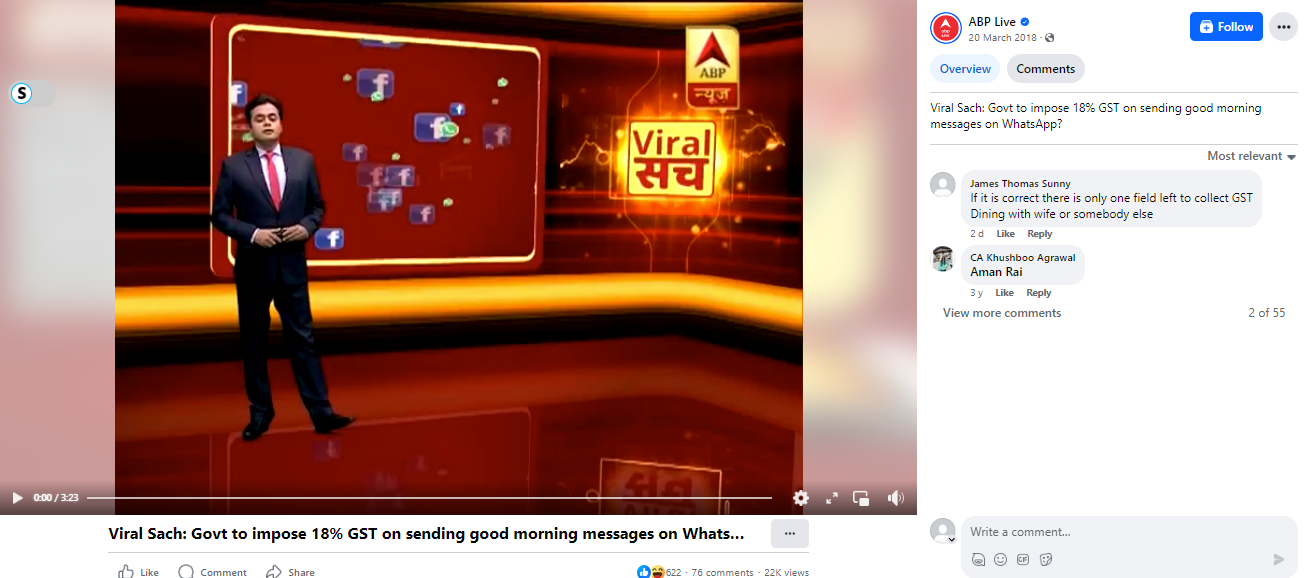Introduction: The Internet’s Foundational Ideal of Openness
The Internet was built as a decentralised network to foster open communication and global collaboration. Unlike traditional media or state infrastructure, no single government, company, or institution controls the Internet. Instead, it has historically been governed by a consensus of the multiple communities, like universities, independent researchers, and engineers, who were involved in building it. This bottom-up, cooperative approach was the foundation of Internet governance and ensured that the Internet remained open, interoperable, and accessible to all. As the Internet began to influence every aspect of life, including commerce, culture, education, and politics, it required a more organised governance model. This compelled the rise of the multi-stakeholder internet governance model in the early 2000s.
The Rise of Multistakeholder Internet Governance
Representatives from governments, civil society, technical experts, and the private sector congregated at the United Nations World Summit on Information Society (WSIS), and adopted the Tunis Agenda for the Information Society. Per this Agenda, internet governance was defined as “… the development and application by governments, the private sector, and civil society in their respective roles of shared principles, norms, rules, decision-making procedures, and programmes that shape the evolution and use of the Internet.” Internet issues are cross-cutting across technical, political, economic, and social domains, and no one actor can manage them alone. Thus, stakeholders with varying interests are meant to come together to give direction to issues in the digital environment, like data privacy, child safety, cybersecurity, freedom of expression, and more, while upholding human rights.
Internet Governance in Practice: A History of Power Shifts
While the idea of democratizing Internet governance is a noble one, the Tunis Agenda has been criticised for reflecting geopolitical asymmetries and relegating the roles of technical communities and civil society to the sidelines. Throughout the history of the internet, certain players have wielded more power in shaping how it is managed. Accordingly, internet governance can be said to have undergone three broad phases.
In the first phase, the Internet was managed primarily by technical experts in universities and private companies, which contributed to building and scaling it up. The standards and protocols set during this phase are in use today and make the Internet function the way it does. This was the time when the Internet was a transformative invention and optimistically hailed as the harbinger of a utopian society, especially in the USA, where it was invented.
In the second phase, the ideal of multistakeholderism was promoted, in which all those who benefit from the Internet work together to create processes that will govern it democratically. This model also aims to reduce the Internet’s vulnerability to unilateral decision-making, an ideal that has been under threat because this phase has seen the growth of Big Tech. What started as platforms enabling access to information, free speech, and creativity has turned into a breeding ground for misinformation, hate speech, cybercrime, Child Sexual Abuse Material (CSAM), and privacy concerns. The rise of generative AI only compounds these challenges. Tech giants like Google, Meta, X (formerly Twitter), OpenAI, Microsoft, Apple, etc. have amassed vast financial capital, technological monopoly, and user datasets. This gives them unprecedented influence not only over communications but also culture, society, and technology governance.
The anxieties surrounding Big Tech have fed into the third phase, with increasing calls for government regulation and digital nationalism. Governments worldwide are scrambling to regulate AI, data privacy, and cybersecurity, often through processes that lack transparency. An example is India’s Information Technology (Intermediary Guidelines and Digital Media Ethics Code) Rules, 2021, which was passed without parliamentary debate. Governments are also pressuring platforms to take down content through opaque takedown orders. Laws like the UK’s Investigatory Powers Act, 2016, are criticised for giving the government the power to indirectly mandate encryption backdoors, compromising the strength of end-to-end encryption systems. Further, the internet itself is fragmenting into the “splinternet” amid rising geopolitical tensions, in the form of Russia’s “sovereign internet” or through China’s Great Firewall.
Conclusion
While multistakeholderism is an ideal, Internet governance is a playground of contesting power relations in practice. As governments assert digital sovereignty and Big Tech consolidates influence, the space for meaningful participation of other stakeholders has been negligible. Consultation processes have often been symbolic. The principles of openness, inclusivity, and networked decision-making are once again at risk of being sidelined in favour of nationalism or profit. The promise of a decentralised, rights-respecting, and interoperable internet will only be fulfilled if we recommit to the spirit of Multi-Stakeholder Internet Governance, not just its structure. Efficient internet governance requires that the multiple stakeholders be empowered to carry out their roles, not just talk about them.
References

















.webp)
